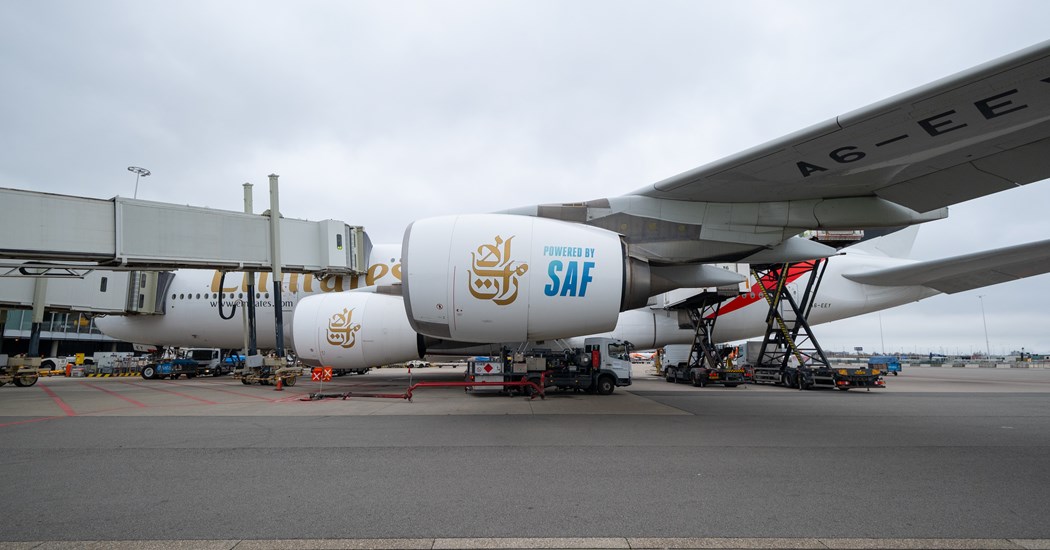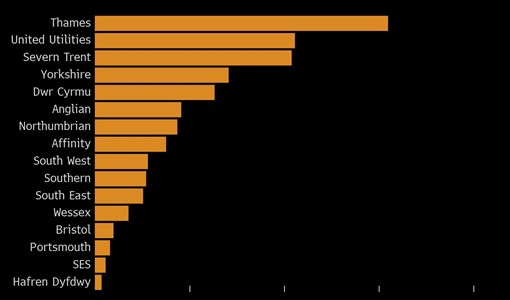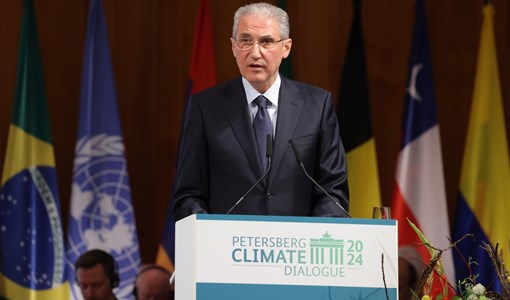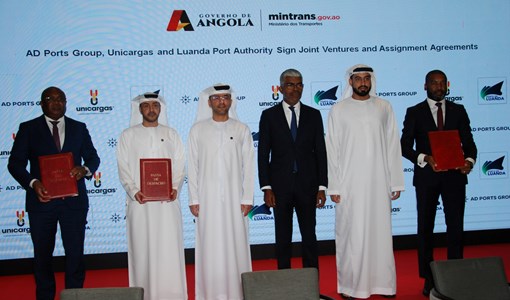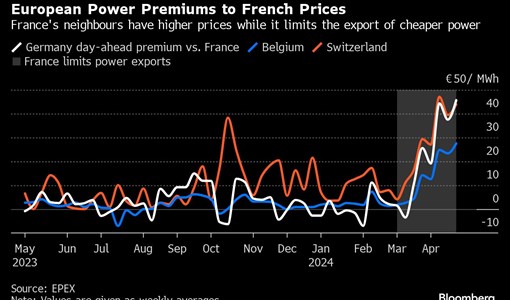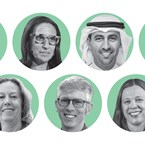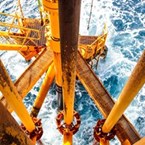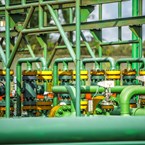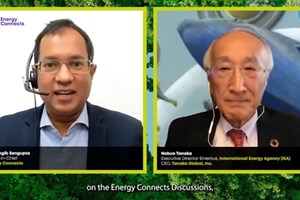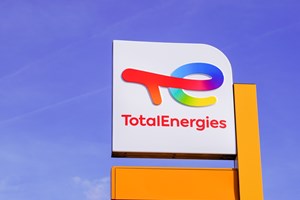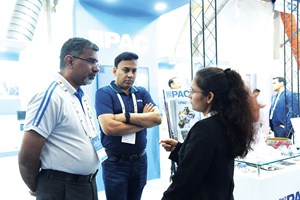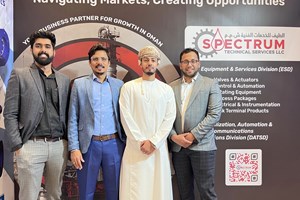Emirates adds SAF on flights from Amsterdam Schiphol Airport
Emirates has started the activation of its fuel agreement with Neste this month at Amsterdam Schiphol Airport, the Dubai-based airline said on Wednesday. More than 2 million gallons of blended sustainable aviation fuel (SAF) will be supplied into the fuelling system at Schiphol Airport over the course of 2024, it said.
The airline will track the delivery of SAF into the fuelling systems and environmental benefits using standard industry accounting methodologies. Emirates’ partnership with Neste, announced late last year, represents one of the largest volumes of SAF that the airline has purchased to date.
Once fully supplied into Amsterdam Schiphol’s fuelling system, the blended SAF will have been comprised of over 700,000 gallons of neat SAF. The airline is also working with Neste to supply SAF into the fuelling systems at Singapore Changi Airport in the next few months.
A milestone in sustainable aviation
“Collaborating with committed partners like Neste is one of the practical steps we are taking to reduce our emissions, and it’s an all-important milestone in our own sustainability journey as an airline,” Adel Al Redha, Deputy President and Chief Operations Officer at Emirates, said in a statement.
“Strong partnerships like this, especially at major air transport hubs such as Amsterdam, lay the foundation for how we can work with partners and airports to increase access to and availability of SAF across our network,” he added.
Alexander Kueper, Vice President Renewable Aviation, Neste said: “We are proud to support Emirates in their sustainability journey. SAF is an available solution for reducing greenhouse gas emissions from air travel and it is exciting that Emirates have started using our Neste MY Sustainable Aviation Fuel at Amsterdam Airport Schiphol. It is also a great example of how we are working together with partners to accelerate SAF usage and are looking forward to the next steps of our cooperation.”
SAF used as part of this agreement can be safely dropped into existing jet engines and airport fuelling infrastructure, and in neat form reduces lifecycle carbon emissions by up to 80% compared to using conventional jet fuel, Emirates said.
The airline’s first flight powered by SAF blended with jet fuel took place in 2017 from Chicago. The airline currently operates flights from Paris, Lyon and Oslo with SAF. Last October, Emirates, with the support of partners, also integrated SAF into Dubai Airport fuelling systems, allocating the SAF to a number of flights, including a flight to Sydney.
Earlier this year, the airline became the first international carrier to join the Solent Cluster in the UK, an initiative focused on low carbon investments with the potential to create a Sustainable Aviation Fuel (SAF) plant that can produce up to 200,000 tonnes (200 kt) per year if operational by 2032.
Emirates also actively contributes to a number of industry and UAE government working groups and is in continuous discussion with a range of stakeholders to help scale the production and supply of SAF.
The airline, along with the UAE GCAA has actively played a part in developing the UAE’s power-to-liquid (PtL) fuels roadmap, driven by the UAE Ministry of Energy and Infrastructure and the World Economic Forum, in addition to contributing to the UAE’s National Sustainable Aviation Fuel Roadmap which aims to transform the UAE into a regional hub for alternative aviation fuels with the ambition to produce 700 million litres of SAF by 2030, Emirates said.
KEEPING THE ENERGY INDUSTRY CONNECTED
Subscribe to our newsletter and get the best of Energy Connects directly to your inbox each week.
By subscribing, you agree to the processing of your personal data by dmg events as described in the Privacy Policy.
More utilities news
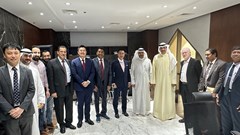
Mitsubishi Power awarded major power station upgrade contract by Kuwait to boost grid stability
Apr 23, 2024
Huayou Cuts Lithium Production, Costs on Battery Metals Rout
Apr 22, 2024
Top Czech Utility Sues Central Bank Over Fine, Aktualne Reports
Apr 20, 2024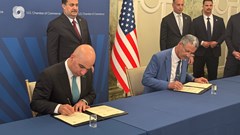
GE Vernova reveals strategic initiatives to strengthen Iraq’s power sector
Apr 20, 2024
How a Turbine Put The Brakes on NY Offshore Wind Projects
Apr 19, 2024
CEO of Climate Group Tries to Calm Critics After Backlash
Apr 19, 2024
$1 billion deal to refurbish hydroelectric stations in Canada’s Niagara region
Apr 19, 2024
New York’s First Electric Skyscraper Promises Luxury With Lower Emissions
Apr 18, 2024
IATA and partners reveal decarbonisation and net zero roadmaps for aviation industry
Apr 18, 2024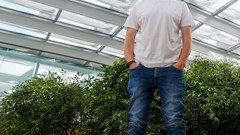
A Software Billionaire Is Betting Big on a Wild Climate Fix
Apr 17, 2024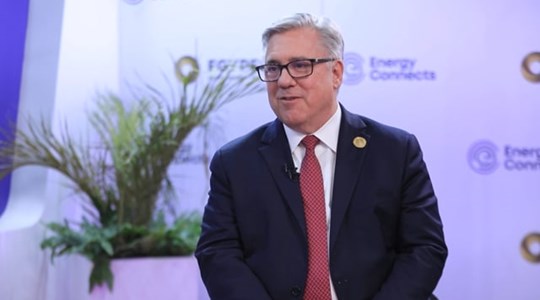
Chevron helping drive Egypt’s journey to become Africa’s energy powerhouse
Mar 11, 2024
Energy Workforce helps bridge the gender gap in the industry
Mar 08, 2024
EGYPES Climatech champion on a mission to combat climate change
Mar 04, 2024
Fertiglobe’s sustainability journey
Feb 29, 2024
P&O Maritime Logistics pushing for greater decarbonisation
Feb 27, 2024
India’s energy sector presents lucrative opportunities for global companies
Jan 31, 2024
Oil India charts the course to ambitious energy growth
Jan 25, 2024
Maritime sector is stepping up to the challenges of decarbonisation
Jan 08, 2024
COP28: turning transition challenges into clean energy opportunities
Dec 08, 2023
Why 2030 is a pivotal year in the race to net zero
Oct 26, 2023Partner content

Ebara Elliott Energy offers a range of products for a sustainable energy economy

Essar outlines how its CBM contribution is bolstering for India’s energy landscape

Positioning petrochemicals market in the emerging circular economy

Navigating markets and creating significant regional opportunities with Spectrum


